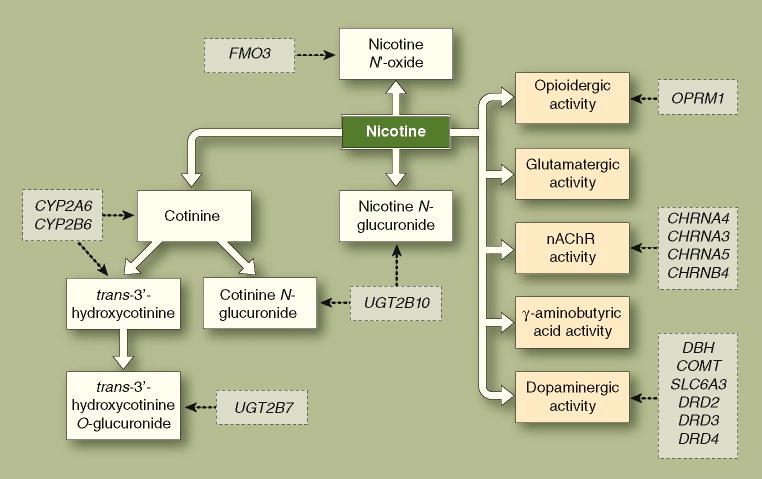Figure 1. A model of the role of genetics in nicotine dependence via alterations to nicotine’s pharmacokinetics and pharmacodynamics.
Using continuous arrows, the pharmacokinetic pathways (blue) reflect the metabolic transformations of nicotine that determine its central and peripheral nervous system bioavailability and the pharmacodynamic pathways (green) reflect nicotine’s molecular pharmacological effects on nicotinic acetylcholinergic receptors (nAChRs) and other neurotransmitter systems. Candidate genes (orange) and their points of putative influence are depicted using dashed arrows. Note that this is a simplified model of nicotine’s pharmacokinetics and pharmacodynamics, and the candidate genes presented are illustrative examples, not an exhaustive list.

